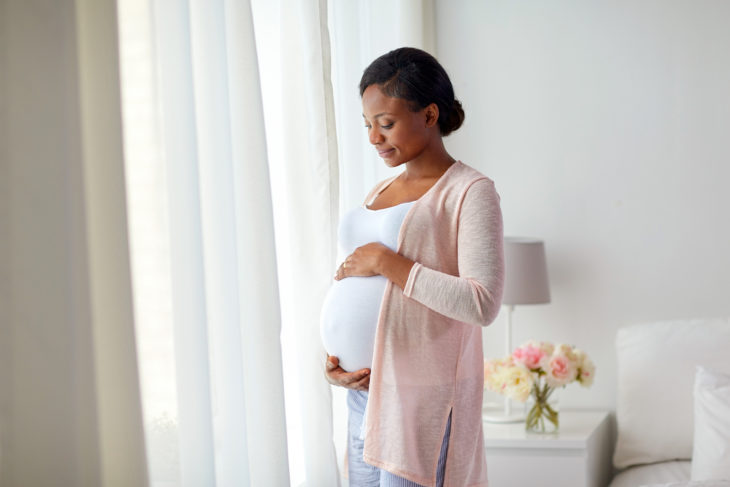The condition called preeclampsia ranks as the second-leading cause of maternal deaths behind excessive bleeding. Preeclampsia is a complicated syndrome of uncertain cause, affecting up to 10 percent of all pregnancies. If not treated urgently, the condition can progress to eclampsia, with severe hypertension that can lead to seizures, stroke or death. The condition affects the baby as well, sometimes resulting in such devastating complications as prematurity, cerebral palsy or brain damage.
Symptoms and signs of preeclampsia may become evident at home or during routine prenatal visits. An affected pregnant woman might notice rapid weight gain, severe headaches, blurred vision or dizziness. Swelling, called edema, occurs on the face, hands and feet. She might feel pain in her right upper belly near the liver. Sometimes she will notice a decrease in urine output due to kidney effects. A urine test might show protein leakage. The doctor might find that the mother has markedly increased reflexes. A test for this, called clonus, involves a rapid push upward on the top of the foot sole, which will result in several reflex vibrations at the ankle.
The hallmark sign, though, is high blood pressure in a woman who did not have it before pregnancy. Normally, a woman’s blood pressure drops with pregnancy. Any pressure over 130/80 during pregnancy is worrisome. Sometimes with preeclampsia, blood pressure will top 200.
Preeclampsia can happen in any pregnancy, although doctors have found several factors that make a potential mother more likely to develop the condition. First pregnancies hold the highest risk for developing preeclampsia. Other risk factors include high blood pressure preceding pregnancy, obesity, pregnancy in very young women or those over age 40 and those carrying twins. There tends to be a family history — that is, daughters of women with preeclampsia are more likely to develop it, too. There’s also a slightly increased rate in those of African descent. Those who’ve had preeclampsia with one pregnancy are seven times more likely to develop it again with a later pregnancy.
The only cure for preeclampsia is delivery, and if the baby is close enough to term, the obstetrician may recommend early delivery. For mild preeclampsia, strict bedrest and medications to control the elevated blood pressure might control the symptoms long enough for the baby to mature sufficiently for safe delivery. If the doctor recommends hospitalization, the mother will be placed on a monitor to track the baby’s heartbeat. Even up to six weeks after delivery, the risk for preeclampsia lingers
While there’s no way to prevent preeclampsia, it’s important to be aware of the symptoms. The greatest joy of humanity might be pregnancy and a healthy baby. Make sure your pregnancy yields this gift by maintaining a healthy weight and lifestyle and regular prenatal checkups.
Dr. Philip L. Levin is a family medicine specialist in Gulfport and has been practicing for 40 years. He graduated from the University of Texas Medical School at San Antonio in 1978 and specializes in family medicine and emergency medicine. He can be contacted at (228) 867-4000.



